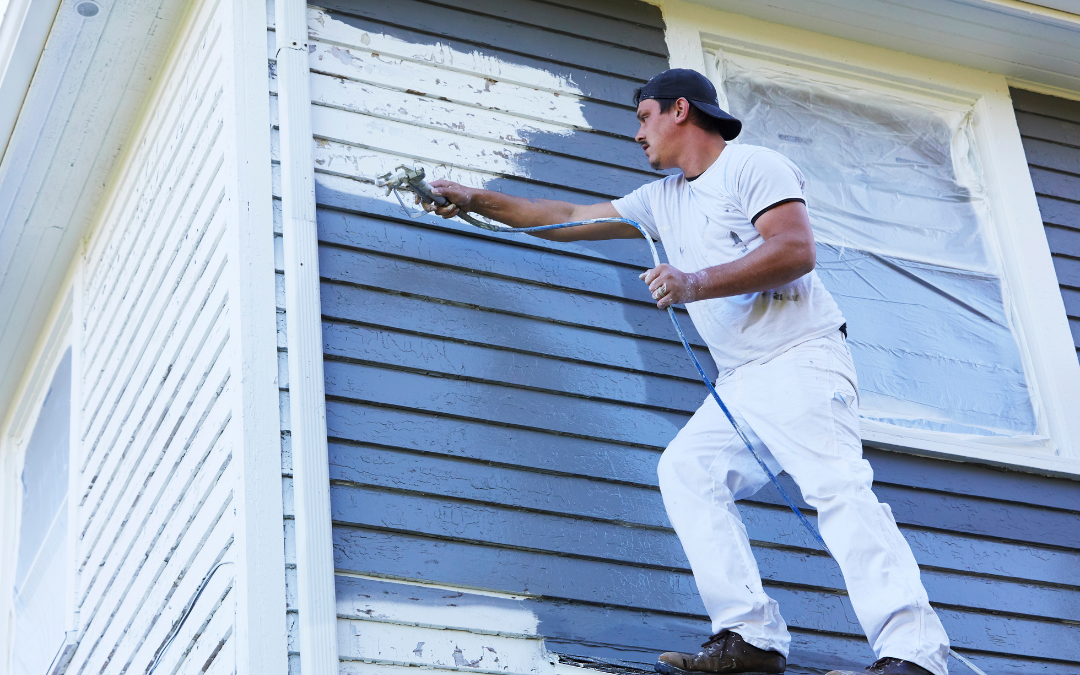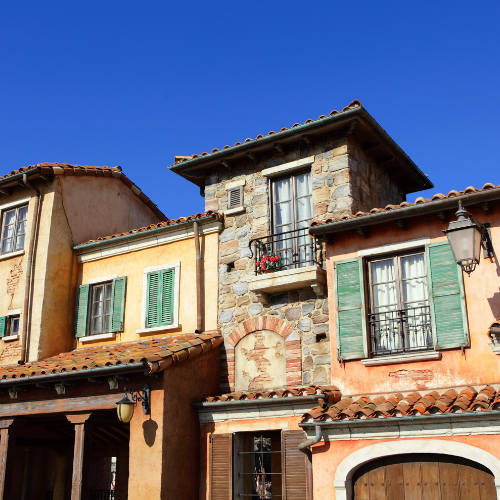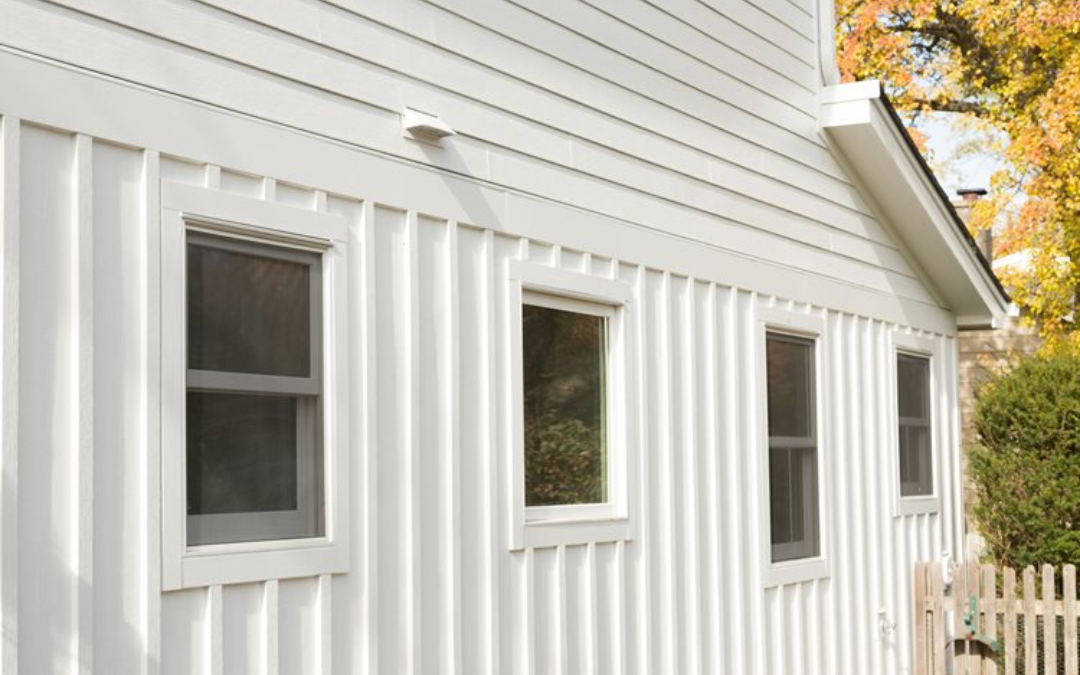How to Choose the Best Siding for Your House

What Is the Best Siding for Your House? Explore 6 Options to Decide
When picking out siding for your house, it’s important to consider the material that will best suit your needs. The right siding not only protects your home from the elements but also keeps it looking great. Your choice of siding can impact your home’s energy efficiency, maintenance needs, and overall curb appeal. With so many options available, it can be overwhelming to decide which one is best. To help you make an informed decision, we’ve outlined six popular siding options, each with its own benefits and drawbacks. Here are the choices to consider when deciding on the best siding for your house.
Wood Siding: A Classic Option
Wood siding offers a traditional, warm look. Popular styles include board and batten, shakes, shingles, and clapboards.

Pine and Cedar
Pine and cedar are the most common types of wood used for siding. Cedar, which comes in varieties like eastern white, red, and Alaskan yellow, is more durable than pine. It resists rot and insects better and is less likely to warp. Pine is cheaper but doesn’t hold up as well over time.
To keep wood siding looking good and lasting longer, it needs a protective finish. Paint or solid-color stain works best against weather and UV damage. If you prefer the natural wood look, use a clear exterior finish with UV protection. Check local building codes, as some places require fire-retardant treatments for wood siding.
Wood Shingles
Wood shingles can sometimes be installed over old siding, but it’s often better to remove the old siding first. Before installing new wood shingles, replace any damaged trim or flashing and add house wrap to improve insulation and moisture protection.
For upkeep, inspect wood siding annually for damage and refinish every four to six years.
Engineered Wood: A Good Middle Ground
Engineered wood siding offers the look of real wood without the high cost of cedar or the maintenance issues of pine. It’s made from wood flakes and resin, with options like clapboards and plywood panels. Engineered wood is durable and often comes pre-primed for easier installation.
Stone Veneer: A Solid Look Without the Weight
Stone veneer siding gives your home the appearance of stone without the heavy weight. It’s great for enhancing concrete foundation walls or adding accents to main walls and pillars.
Stone veneer is made from cement and other natural materials. It can be applied directly to concrete or to wood-frame walls covered with a moisture barrier and metal lath. Maintenance is minimal, usually just filling any cracks that appear in the mortar.
Vinyl Siding: Affordable and Easy to Maintain
Vinyl siding is a popular choice because it’s durable, affordable, and easy to install. It comes in many styles and colors, including options that mimic wood and stone. The color runs through the material, so scratches and dings are less noticeable. Cleaning with a brush and hose is all it needs.
Vinyl siding can be installed on new walls or over existing siding. Insulated vinyl siding, which has a foam backing, adds extra insulation and impact resistance. It’s also easy for DIY enthusiasts to handle, but make sure to learn about the necessary transitional elements like J-channel around trim.
Aluminum Siding: Paintable and Practical
Aluminum siding is similar to vinyl but can be painted for a new look. It comes mainly in clapboard style and is low-maintenance. However, it’s more prone to denting and has fewer style options than vinyl. If you want a siding that allows for future color changes, aluminum is worth considering.
Fiber Cement: Tough and Versatile
Fiber cement siding is made from cement and cellulose fibers, making it strong and durable. It comes in various forms, including clapboards, panels, and trim.

Benefits of Fiber Cement:
Resistant to Moisture and Rot
Ideal for coastal areas with harsh weather.
Non-combustible
Doesn’t catch fire easily, which can reduce insurance costs.
Pest Resistant
Keeps woodpeckers, termites, and other pests at bay.
Weather Resistant
Handles hail, debris, and extreme temperatures well.
Known as Hardie board, fiber cement siding can come pre-finished with a primer or paint and often includes a warranty against fading and cracking. However, it requires special tools and skills for installation, making it less DIY-friendly.
Choosing the right siding for your home depends on your preferences, budget, and local climate. Consider these options to find the best match for your house, ensuring it stays protected and looks great for years to come.
Ready to upgrade your home’s exterior? Contact Twin Peaks Roofing & Construction today for expert advice, top-notch siding options, and professional installation to enhance your home’s beauty and protection!
